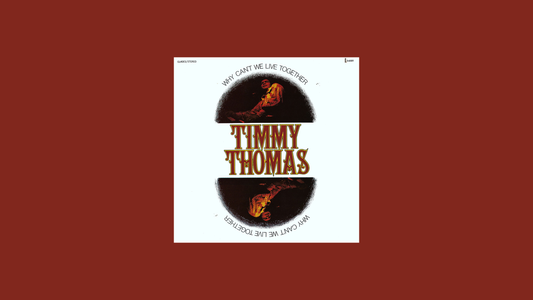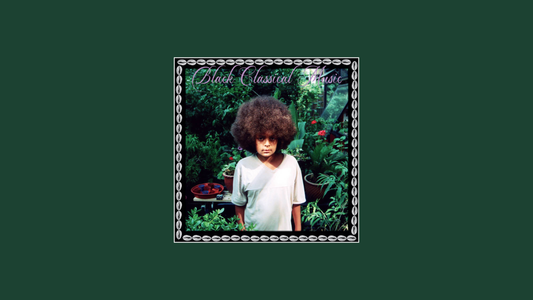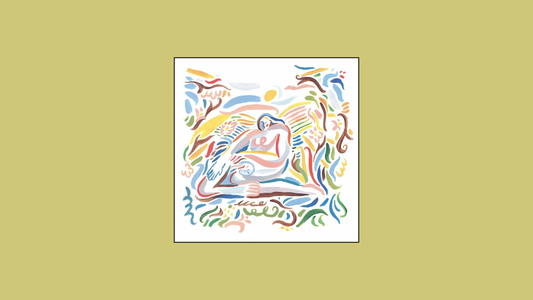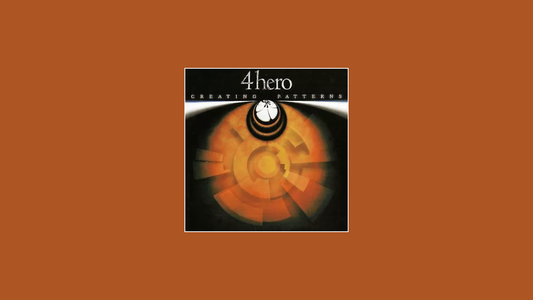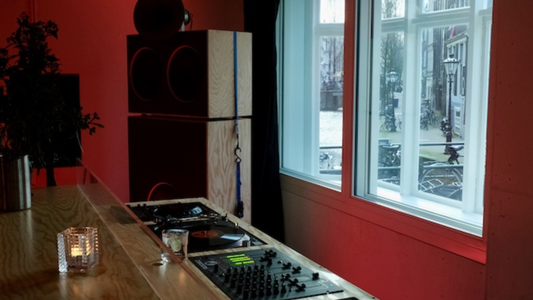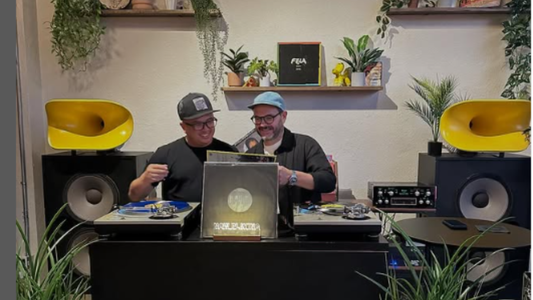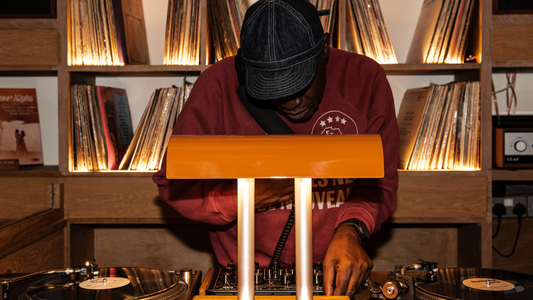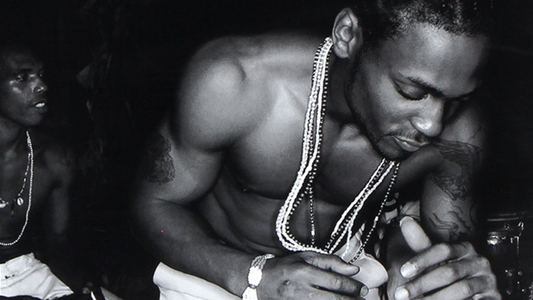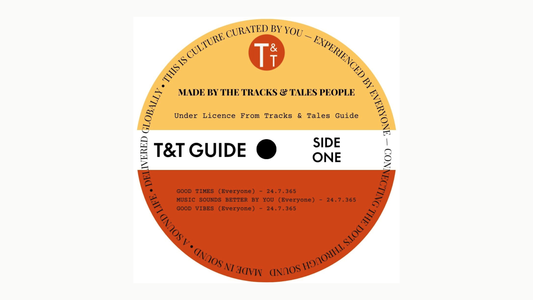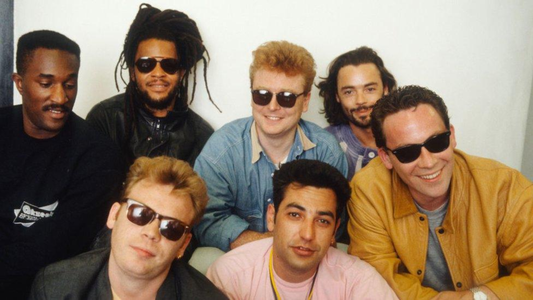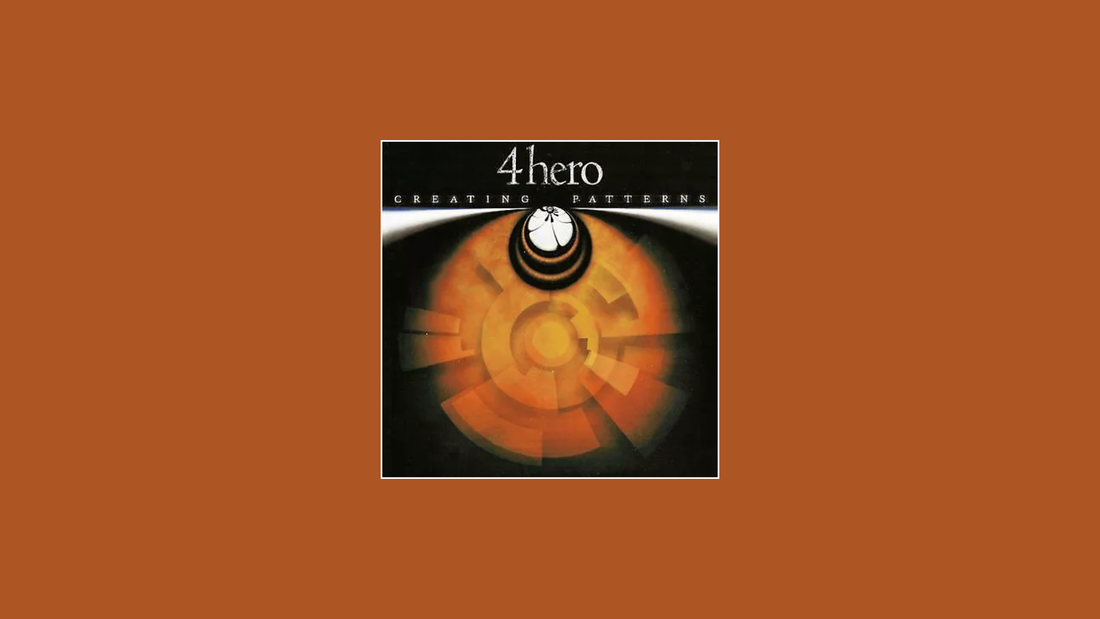
Creating Patterns – 4hero (2001)
4hero’s Creating Patterns (2001) turns rhythm into architecture — strings, beats, and breath in perfect equilibrium.
By Rafi Mercer
I found this memory whilst in the car this morning. A faint rhythm from the past surfaced — elegant, syncopated, familiar. It took a few seconds to place it, then there it was: Creating Patterns by 4hero. One of those albums that doesn’t just sit in your collection but lingers in your bloodstream — resurfacing years later to remind you what balance sounds like.
There are albums that define a genre, and then there are those that dissolve it. Creating Patterns, released in 2001 by 4hero, did exactly that. It arrived at the precise point where electronic music had started to fragment — drum’n’bass splintering into darker edges, house turning colder, R&B losing patience. Into that noise came something elegant: a record that believed groove could still be humane, that rhythm could still have grace.
The first time I played it through, it didn’t feel like listening to club music. It felt like standing inside a design — lines, balance, curvature, air. The production was exquisite but unshowy, the tone poised between warmth and intellect. Dego and Marc Mac, the duo behind 4hero, had spent the ’90s pushing rhythm to its physical limits. With Creating Patterns, they turned inward, making space for thought and tone.
From its opening bars, the album tells you what it’s about: movement and reflection. “Conceptions” unfolds like dawn light through blinds — chords in slow geometry, percussion tracing shape rather than beat. It’s not dance music; it’s rhythm you live inside. The drums are sharp yet soft, snares tucked into velvet reverb, hi-hats flickering like breath. Over that, strings bloom — not samples, but real arrangements by Kaidi Tatham and a small chamber group. 4hero were bridging the synthetic and the symphonic before the industry found a word for it.
Then “Hold It Down,” with Ursula Rucker’s voice at its centre — measured, spoken, alive. Her cadence carries both intimacy and defiance: “Everyday people create patterns.” It’s a manifesto disguised as monologue. Over her voice, the band weave one of their most elegant grooves: brushed drums, Rhodes, upright bass, muted horns. It’s what the broken-beat movement was reaching for at the time — the sound of technology becoming tactile again.
What I love about Creating Patterns is its relationship with space. The production leaves room for instruments to breathe. Strings are placed not to decorate but to articulate emotion. The mix is so open you can sense the dimensions of the studio. Through a good system, it’s astonishing — bass smooth as mahogany, treble fine as silk. Nothing is overstated. You feel the discipline behind every decision.
Listen to “Les Fleur,” the Minnie Riperton cover that sits at the album’s heart. It could easily have tipped into sentimentality, but 4hero approach it with reverence and restraint. Carina Andersson’s vocal is pure and assured, surrounded by orchestration that glows rather than shines. When the chorus swells, it feels earned — sunlight through soft rain. The choice of song itself is telling: Riperton’s original was about rebirth; this version is about renewal through technology. The arrangement is digital empathy rendered in sound.
The second half of the album opens wider. “Blank Cells” is rhythm as architecture — syncopation built like scaffolding, intricate yet natural. “Another Day,” with Jill Scott, is sublime: neo-soul phrasing suspended above fractured percussion. Her voice stretches time; the beat rearranges it. You can feel the conversation between precision and freedom, intellect and heart. Few records manage that equilibrium.
There’s a quiet rebellion in Creating Patterns. It refuses binary thinking. It’s neither jazz nor electronica, neither analog nostalgia nor digital futurism. It’s something else entirely — a space where all those lines blur into coherence. 4hero were never interested in fitting in; they were interested in flow. And that’s what you hear — a flow that feels handcrafted, not programmed.
In the context of 2001, that was radical. The world was accelerating toward compression — MP3s, faster tempos, shorter attention spans. 4hero slowed everything down. They made complexity feel calm. You could dance to it, but you could also study it. It’s music that rewards concentration — the kind of record you put on in a listening bar at 10 p.m., when conversation has softened and the night has found its rhythm.
“Twothesize” and “Something Nothing” show their mastery of contrast: percussion sharp as glass, chords wide and warm. You can sense the lineage — from fusion jazz to drum’n’bass, from Weather Report to Photek — but what emerges is uniquely theirs. Even the record’s imperfections feel deliberate: slight timing hesitations, faint hiss, the ghost of human touch in a digital frame.
What makes it so enduring is that it’s an album built on empathy. You can feel the respect 4hero have for sound itself — every frequency treated like an equal participant. The mix is democratic: no instrument dominates, every element listens to the others. That’s rare. In an age obsessed with loudness, Creating Patterns is balanced like conversation.
Through a good vinyl press or high-resolution stream, the listening experience is immersive. The low end feels alive but never heavy, the strings glide across the stereo field like ink spreading on water. It’s both engineered and emotional — the hallmark of craftsmanship that’s been lived in.
There’s a line of continuity that connects Creating Patterns to albums like Beyond Skin, Vira, Amoroso, and Journey in Satchidananda — records that understand that refinement isn’t about restraint; it’s about intention. 4hero bring that same philosophy to rhythm. They turn percussion into punctuation, beats into breath.
At its core, Creating Patterns is about coexistence — between human and machine, intellect and instinct, stillness and motion. That’s why it belongs in the listening-bar canon. It sounds equally at home through floor-standing speakers or headphones at 2 a.m. It meets the listener where they are, then gently expands the moment.
The closing track, “Another Day,” lingers long after it ends. Jill Scott’s final refrain fades into echo — part lullaby, part reminder. The album doesn’t conclude; it exhales. You’re left with the sensation that you’ve been somewhere — not entertained, but moved into a clearer state of mind.
Two decades on, Creating Patterns still feels ahead of its time. It predicted the return of musicianship to electronic music, the resurgence of warmth and humanity in digital sound. It also predicted our present hunger for depth — for listening as an act of care.
That’s what 4hero achieved: they made complexity feel peaceful, made technology sound human, made patterns that breathe.
And in that calm, they created one of the great listening albums of the modern age.
Rafi Mercer writes about the spaces where music matters.
For more stories from Tracks & Tales, subscribe, or click here to read more.
